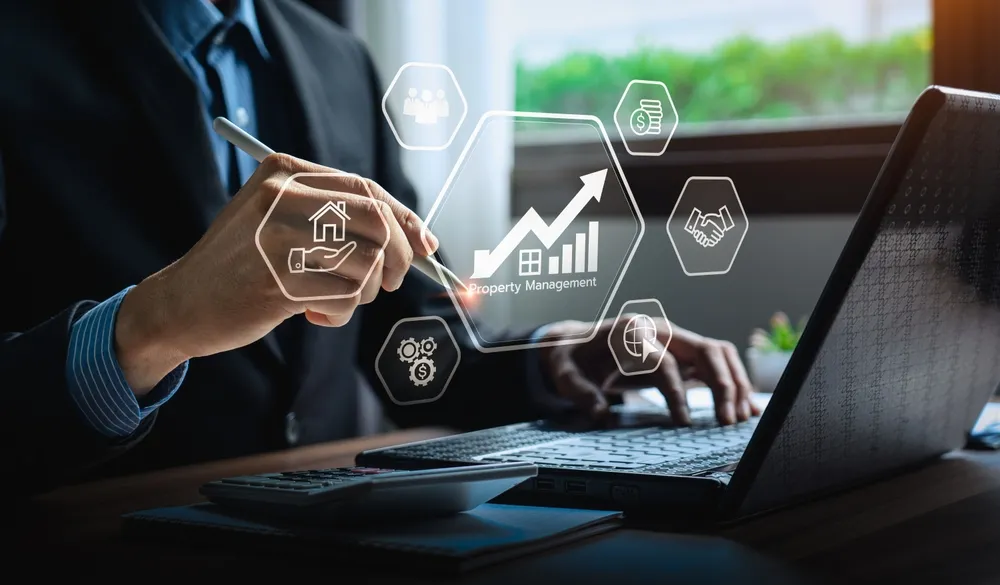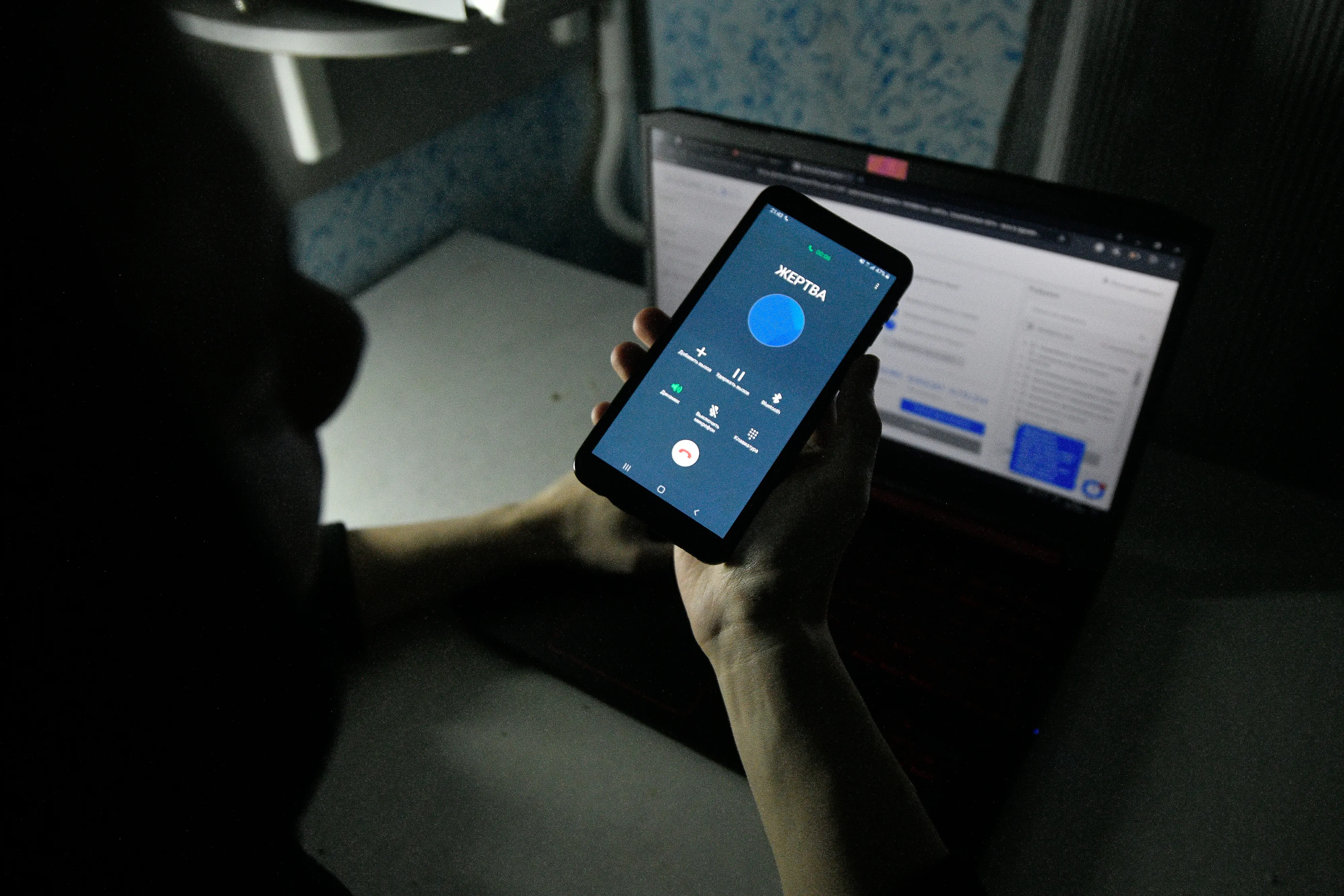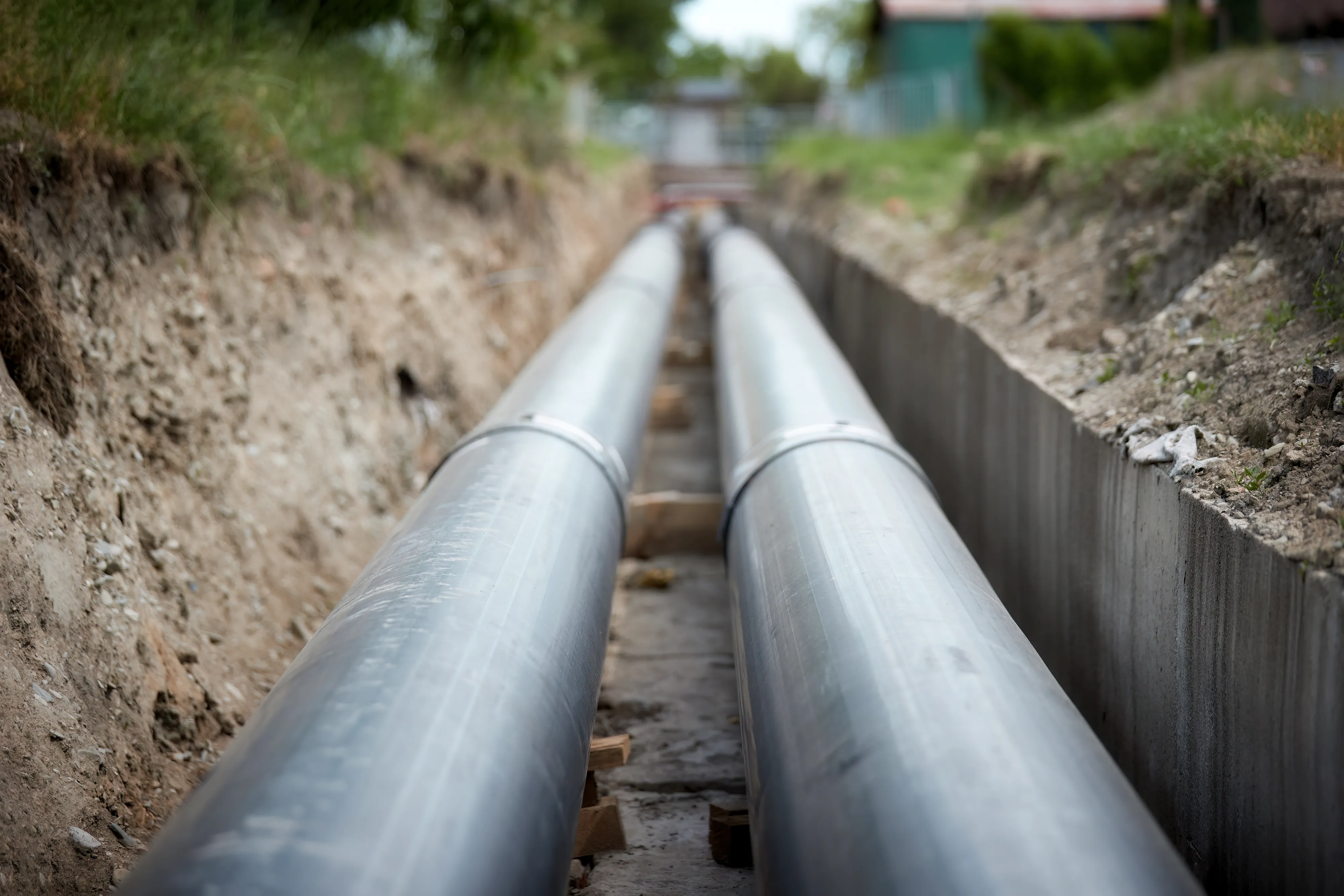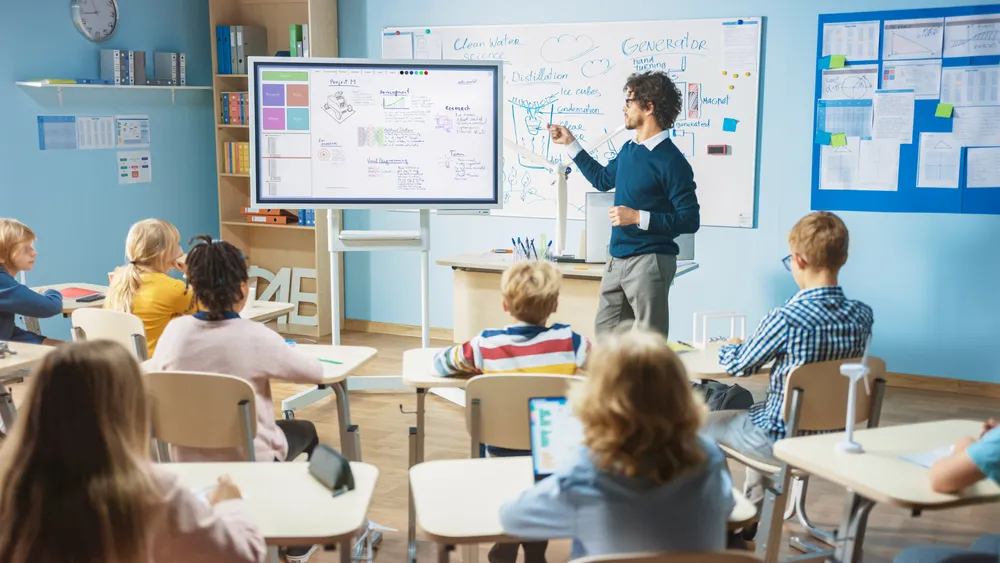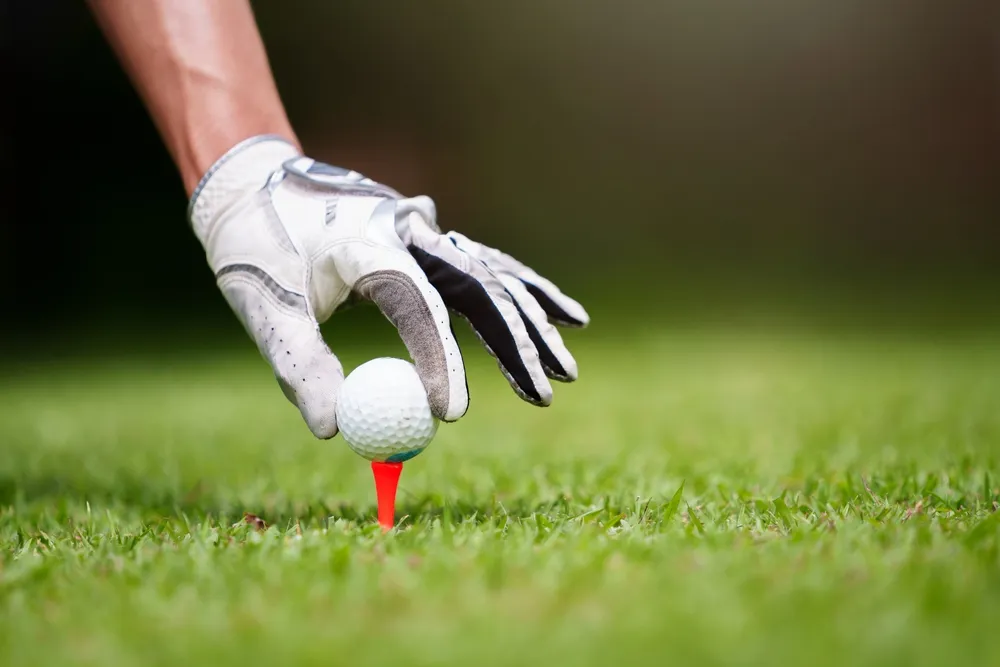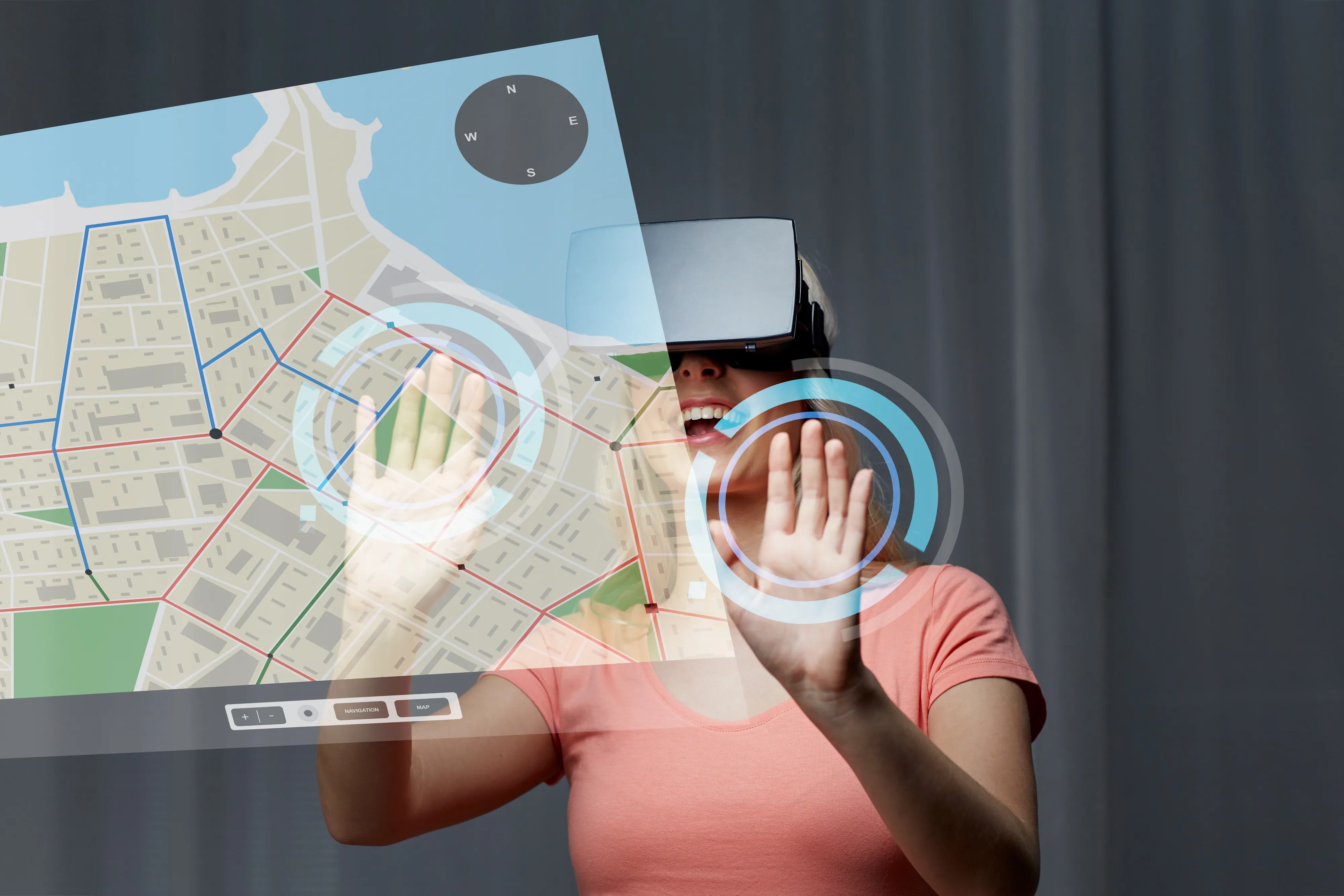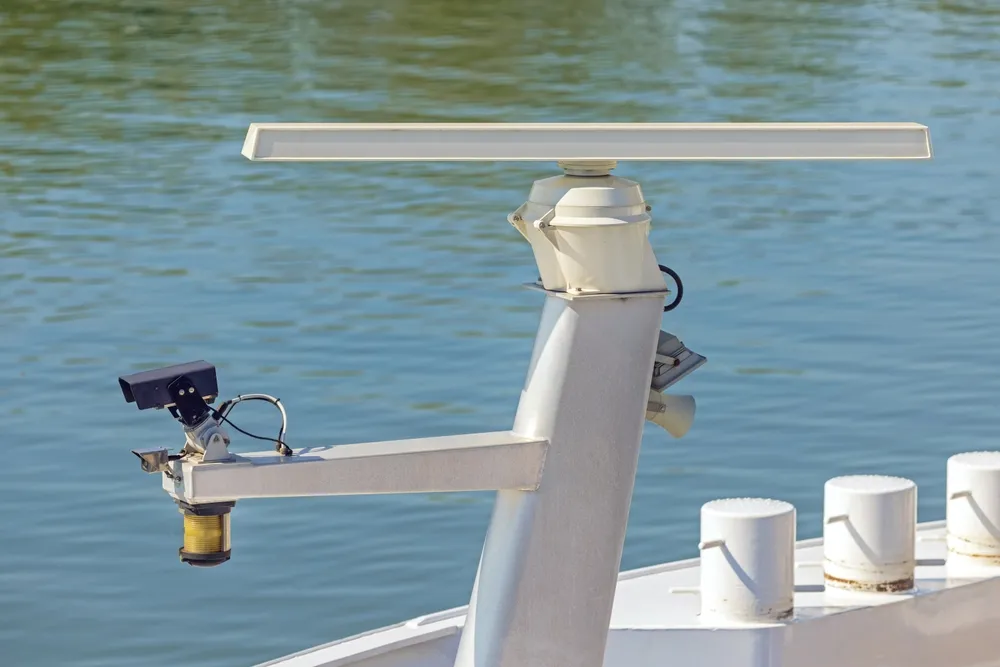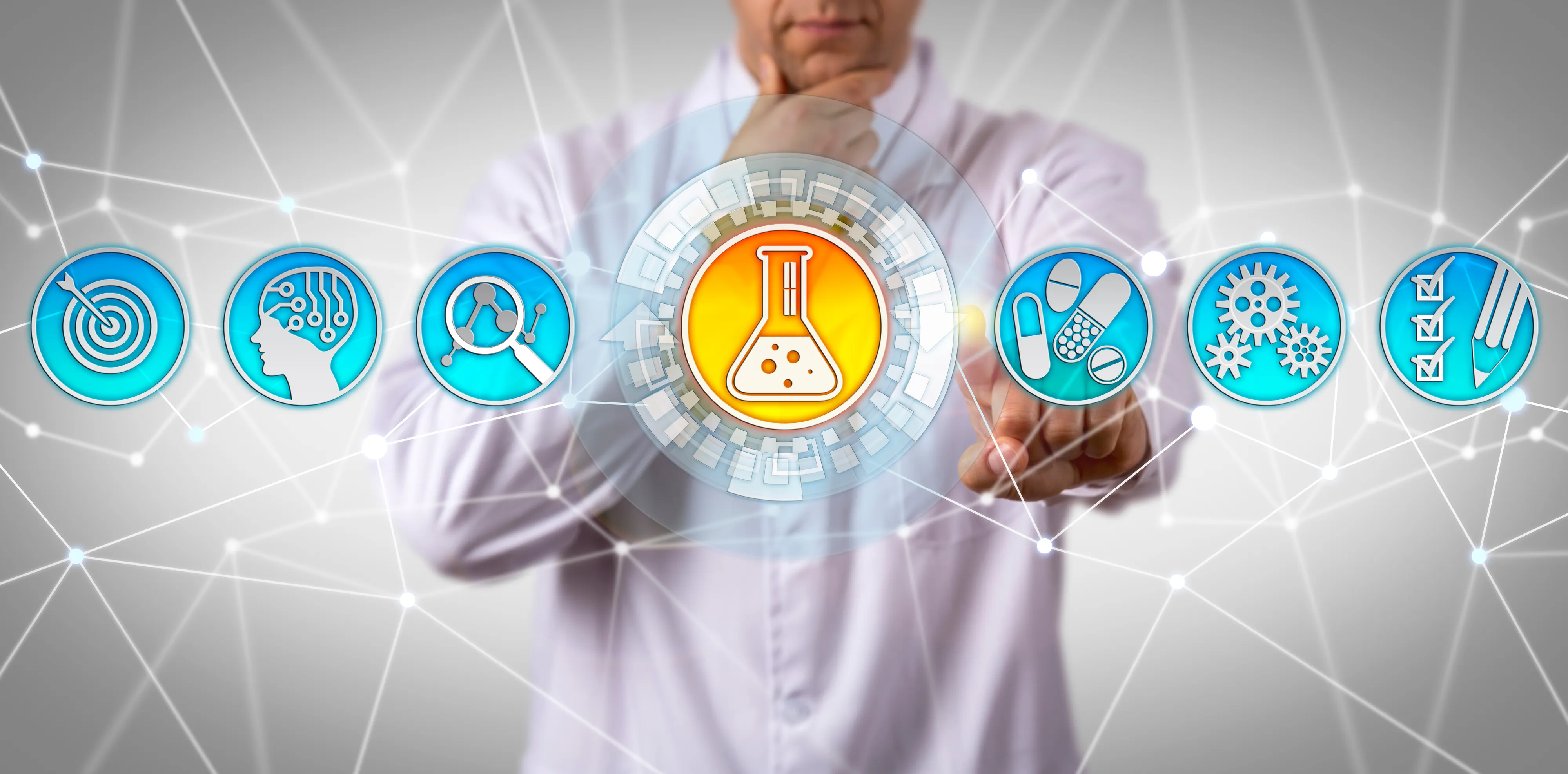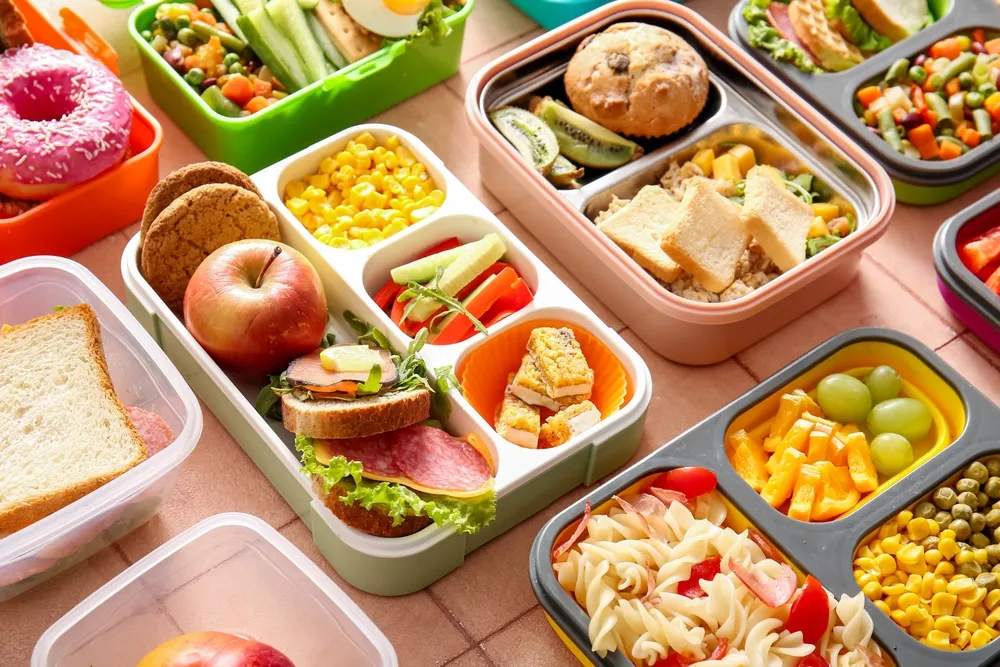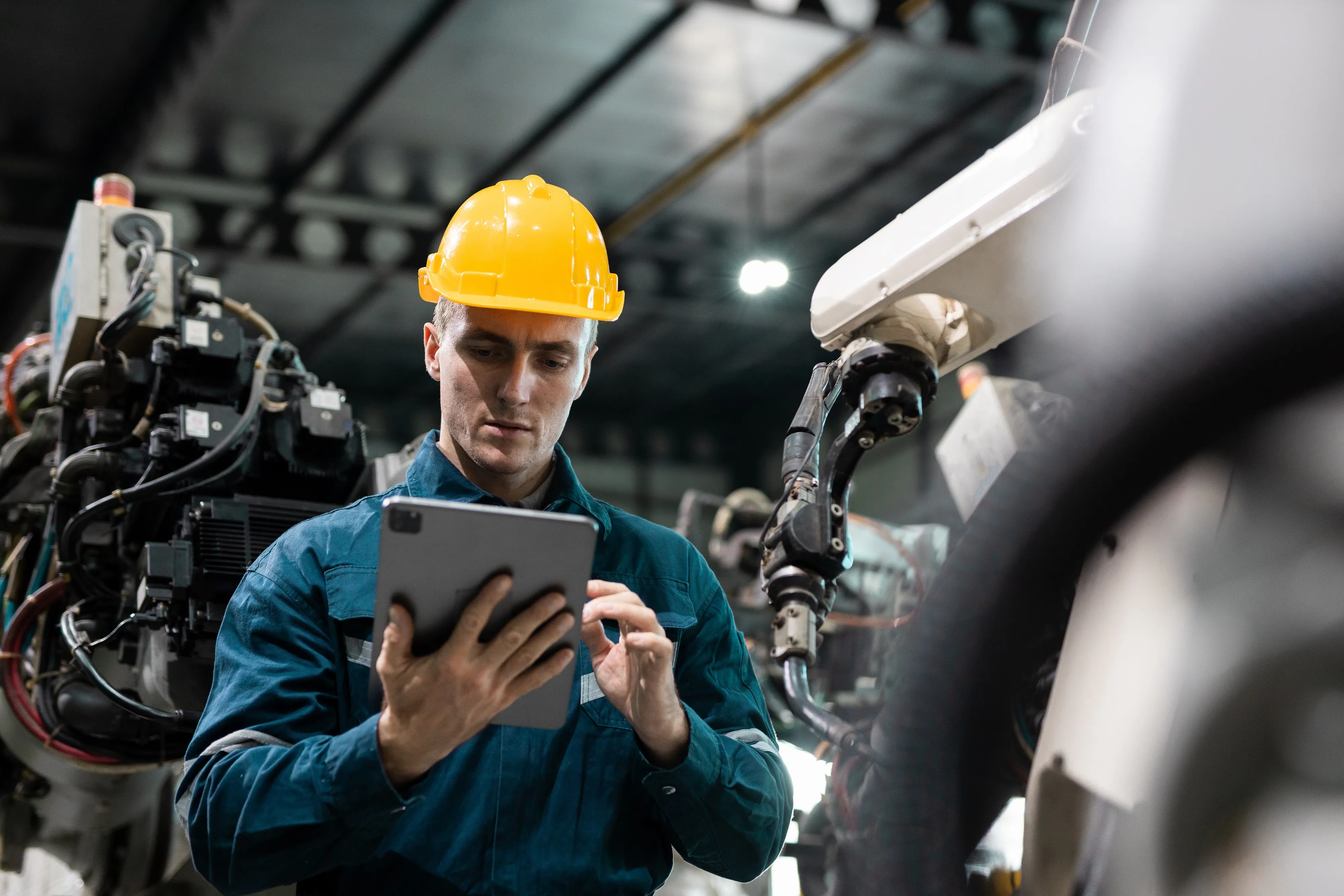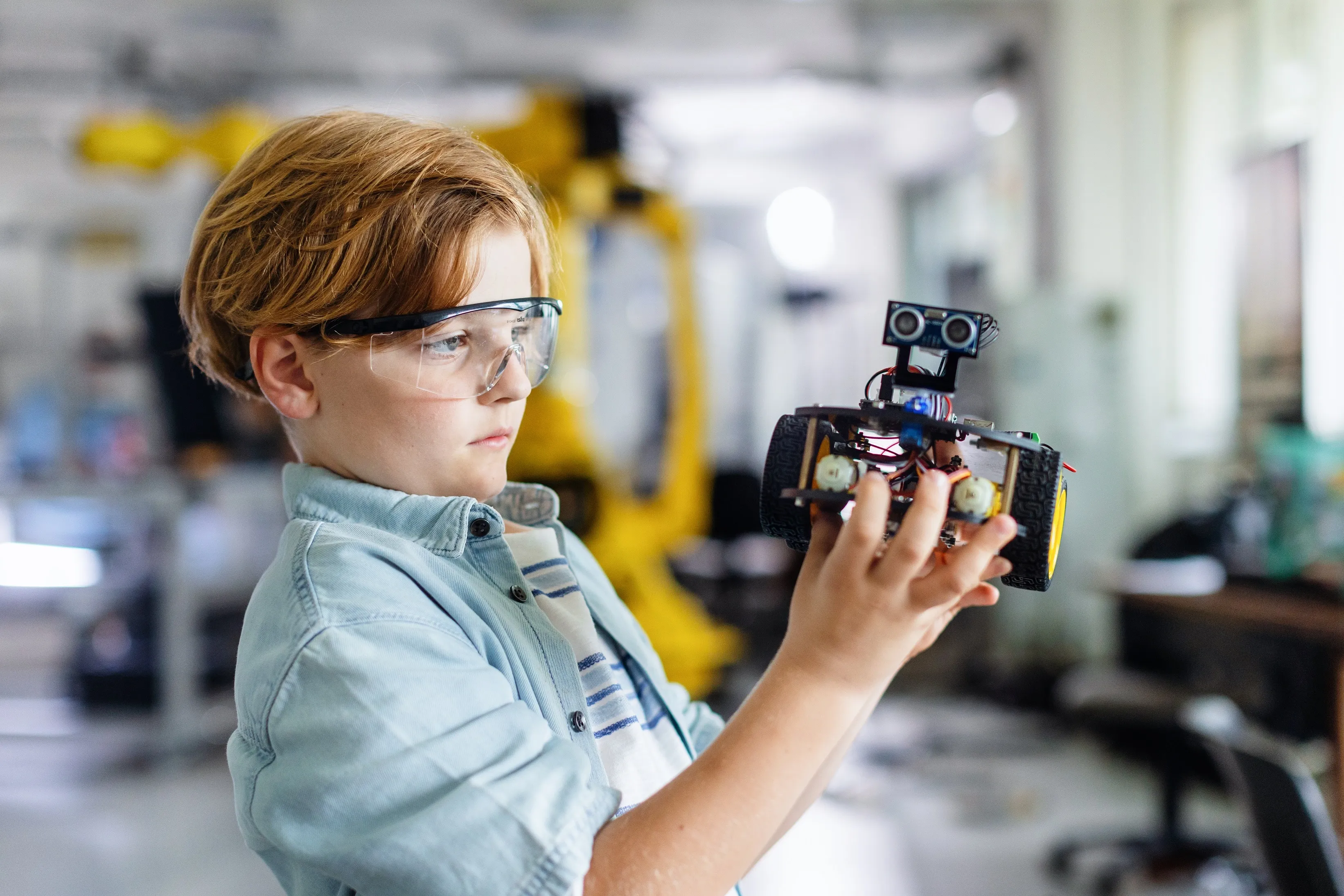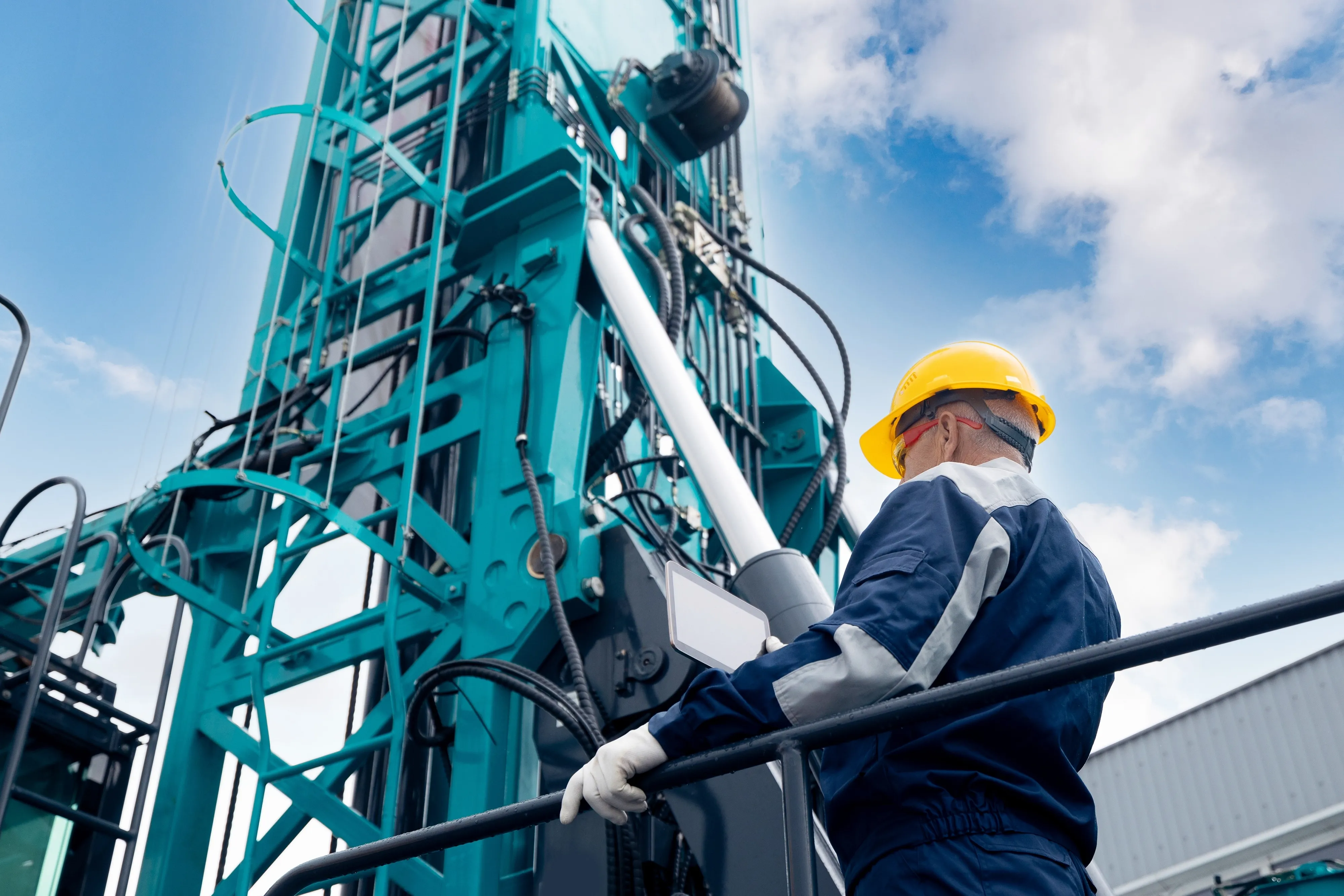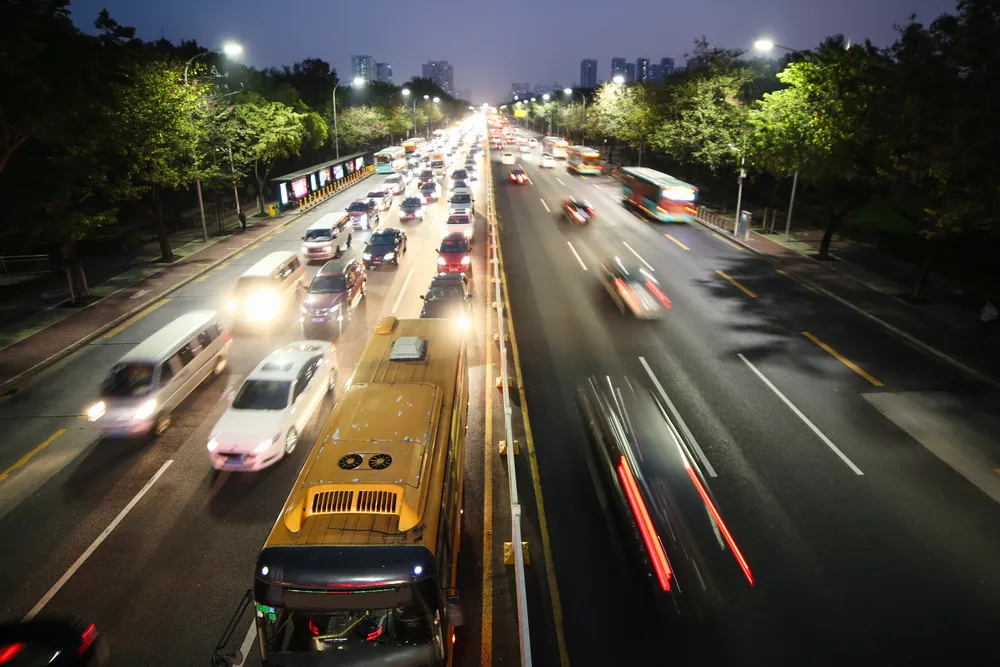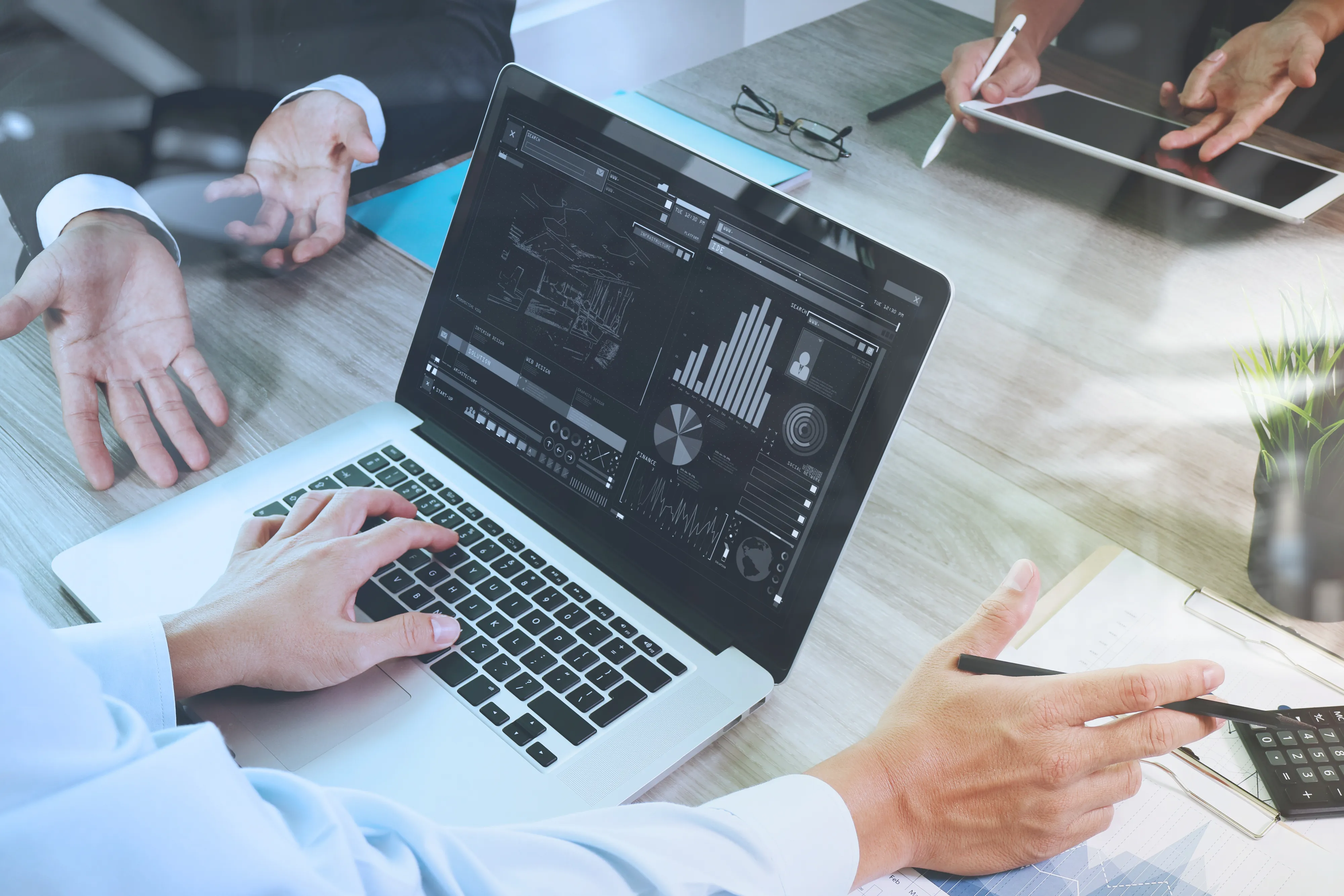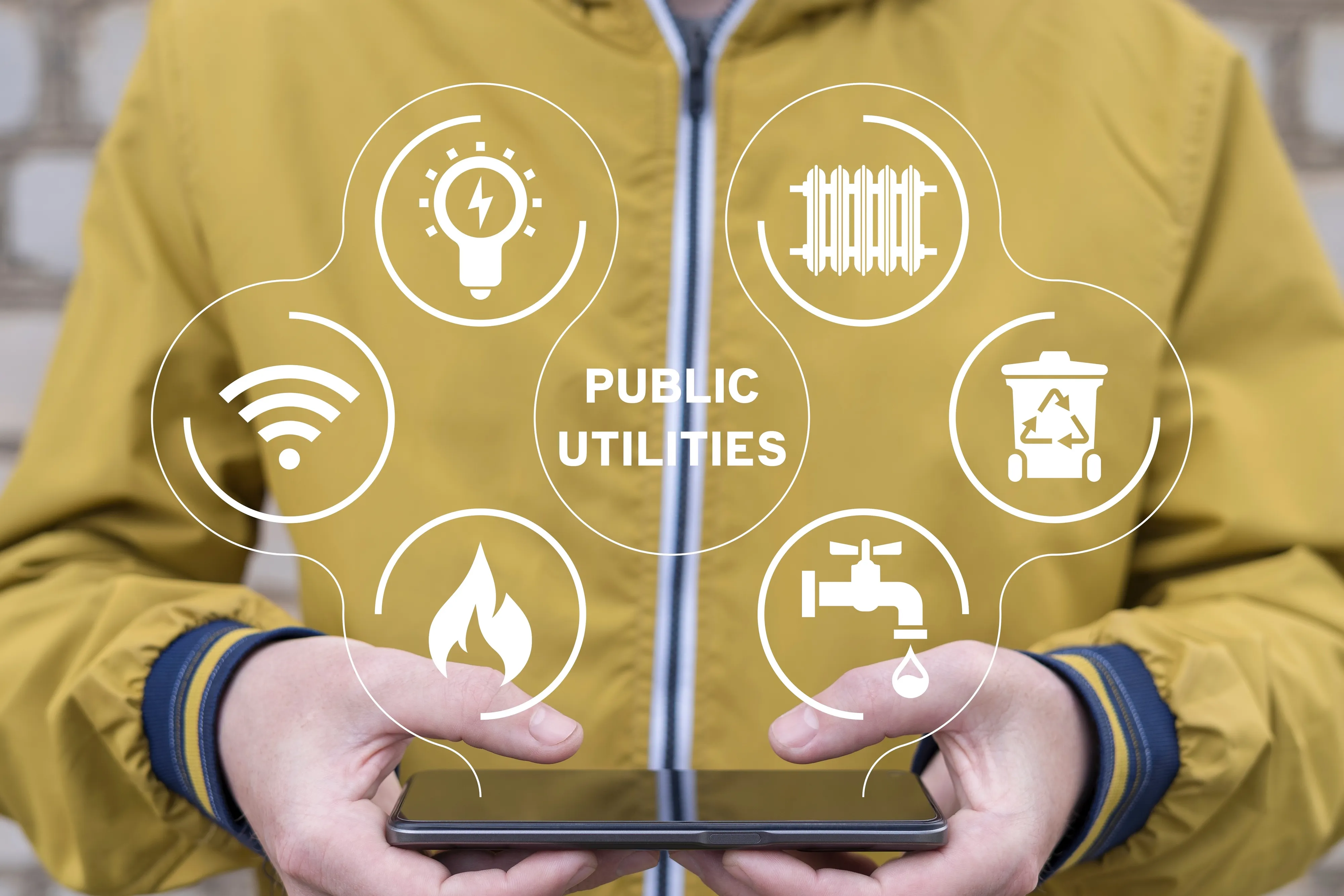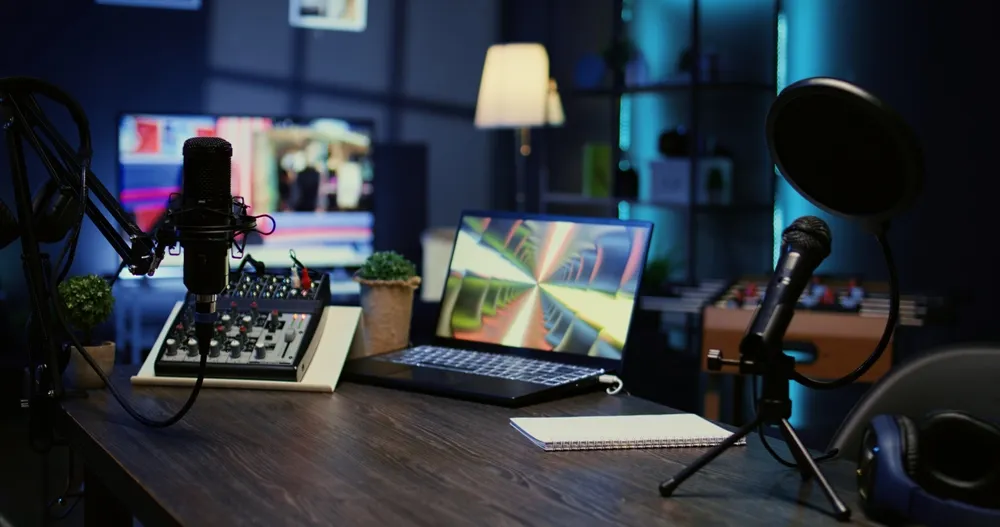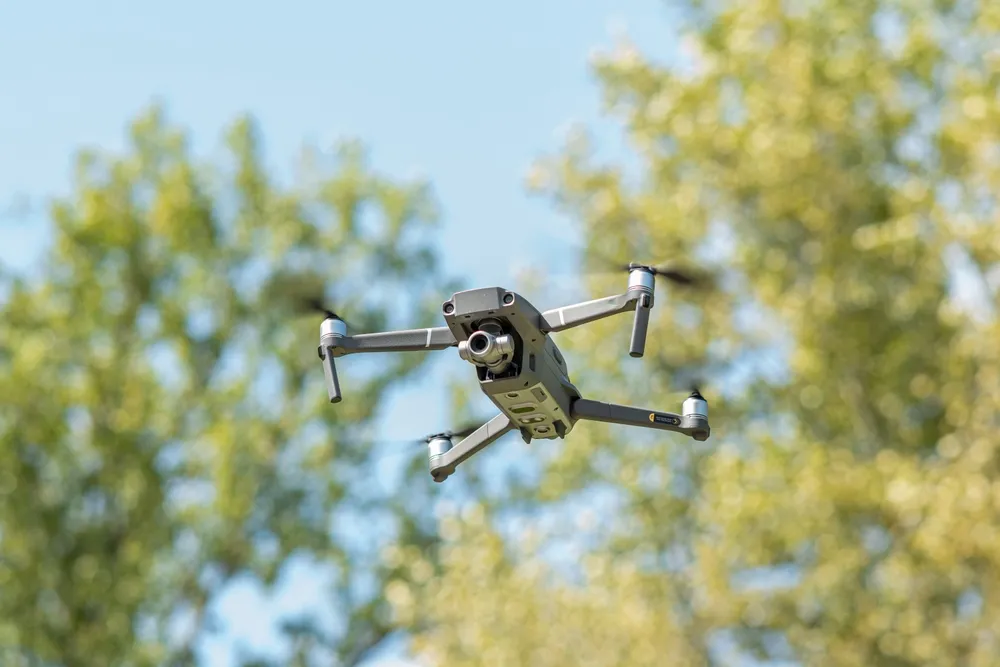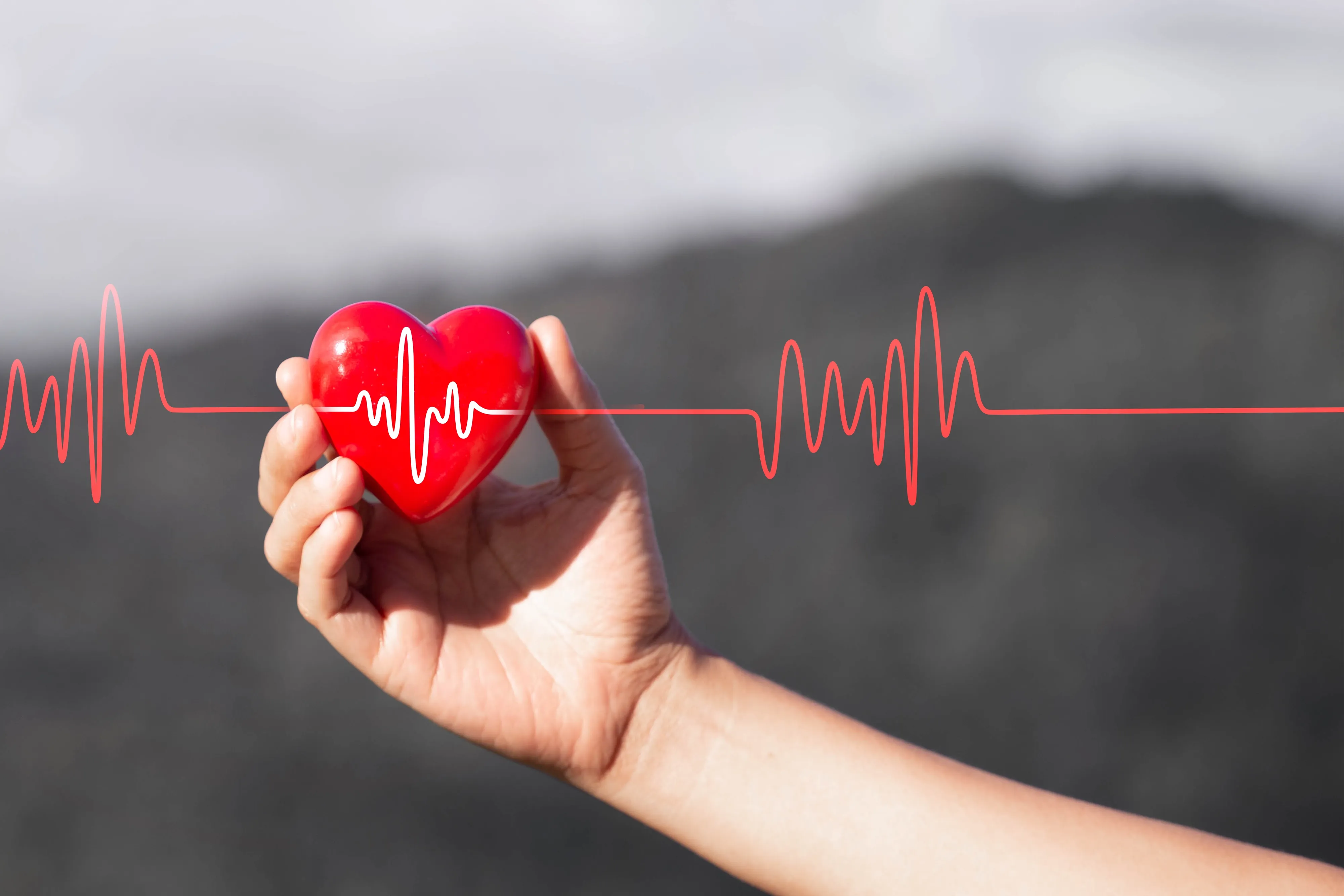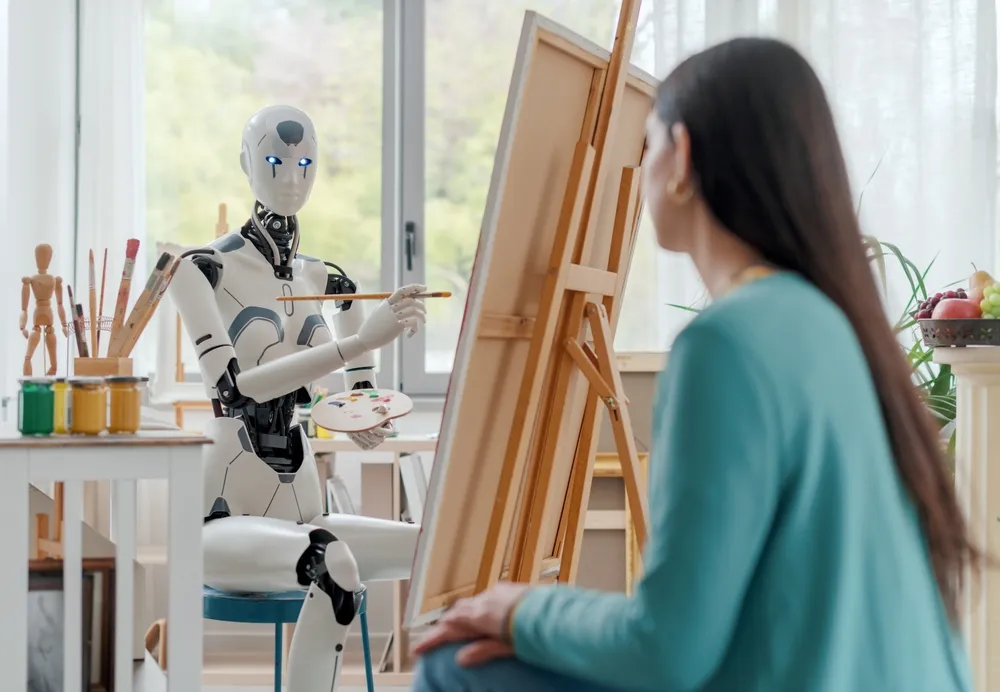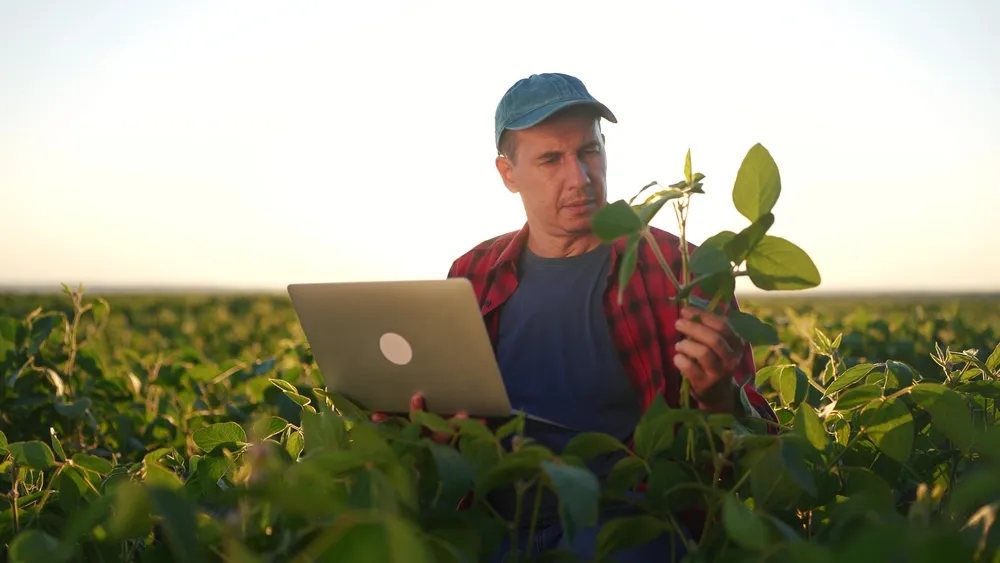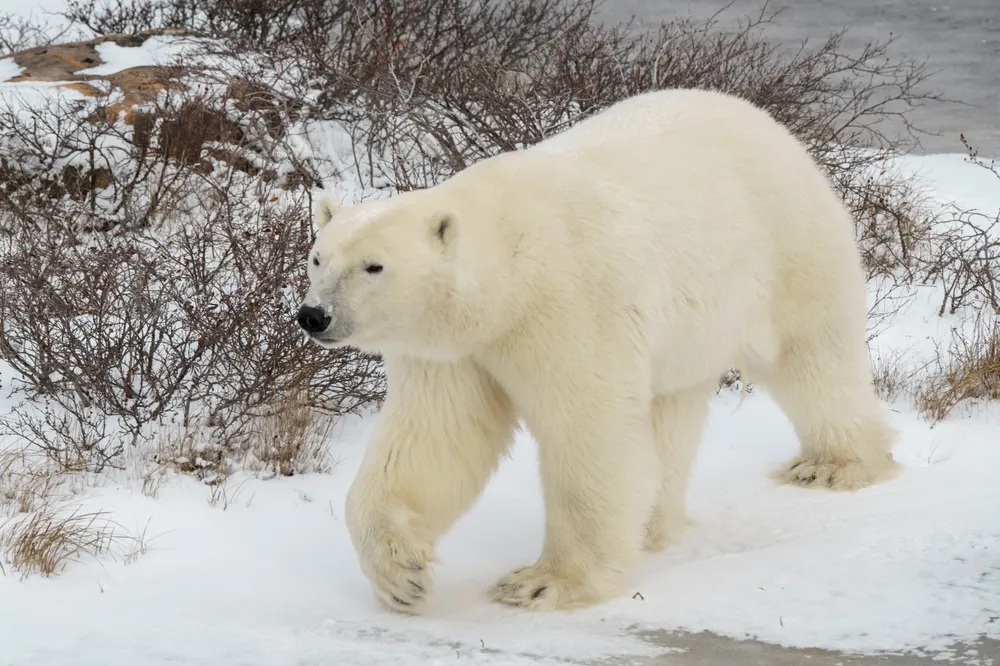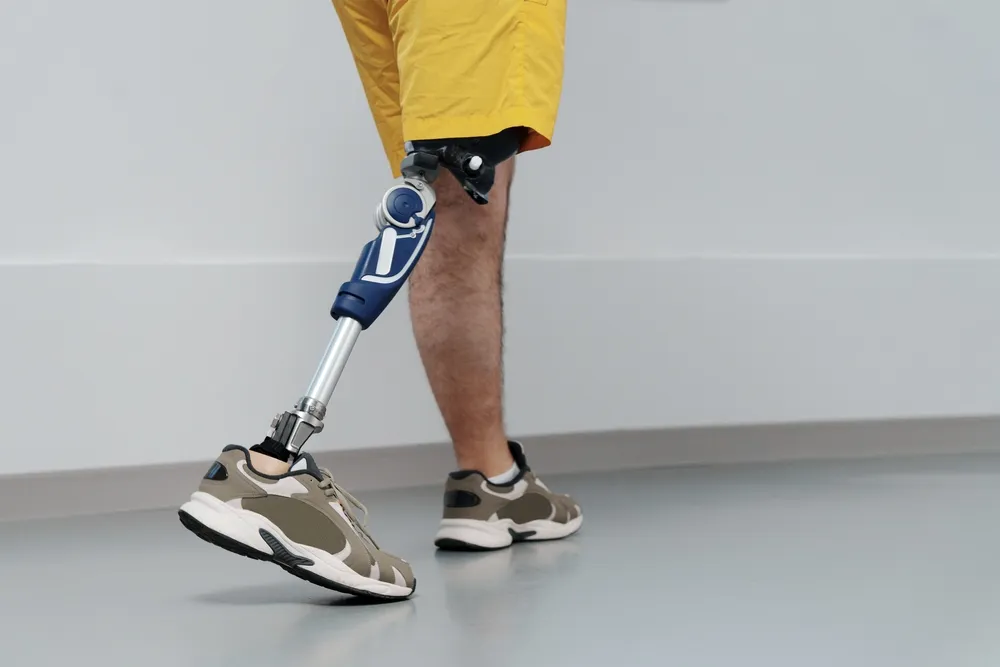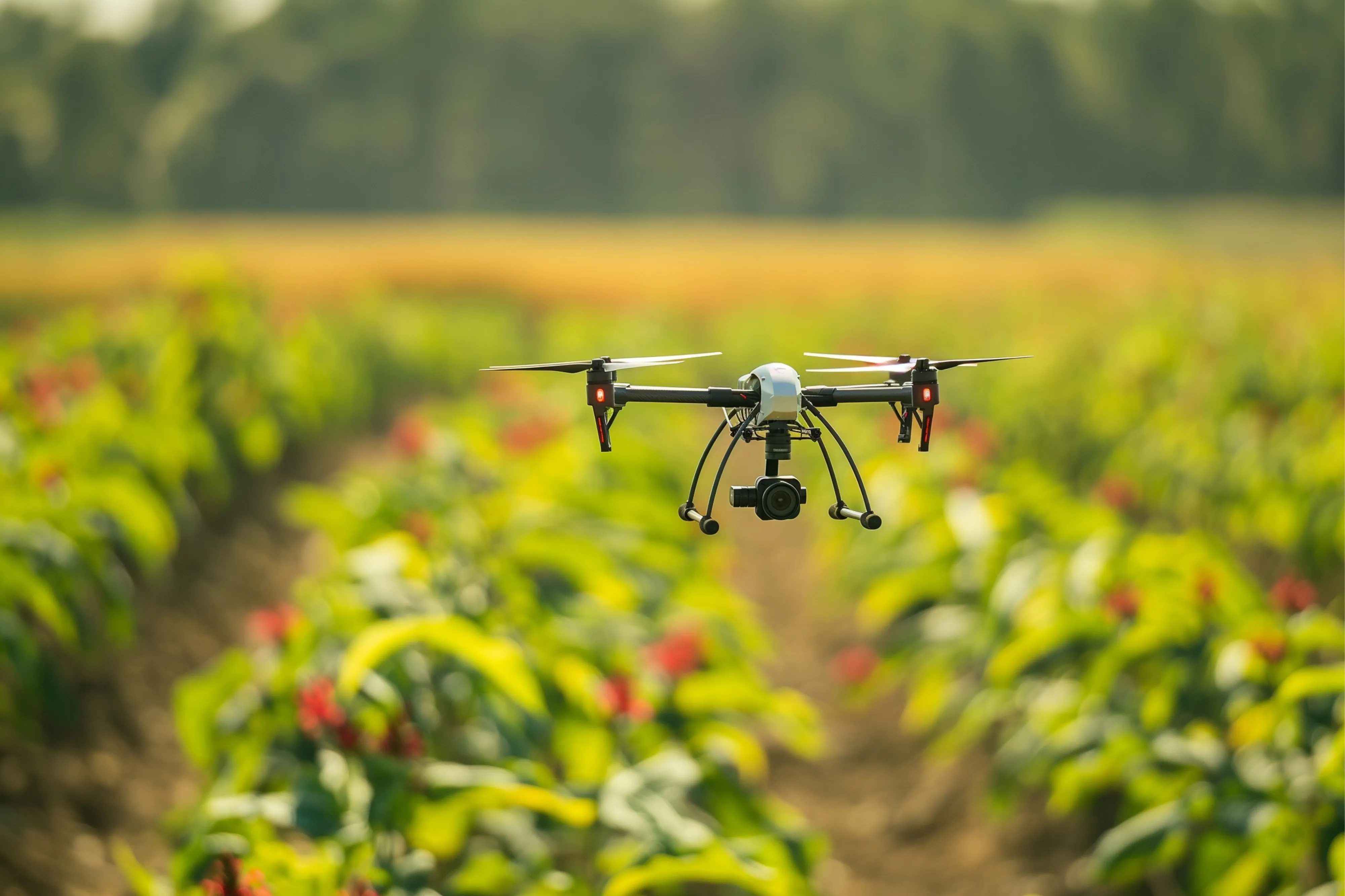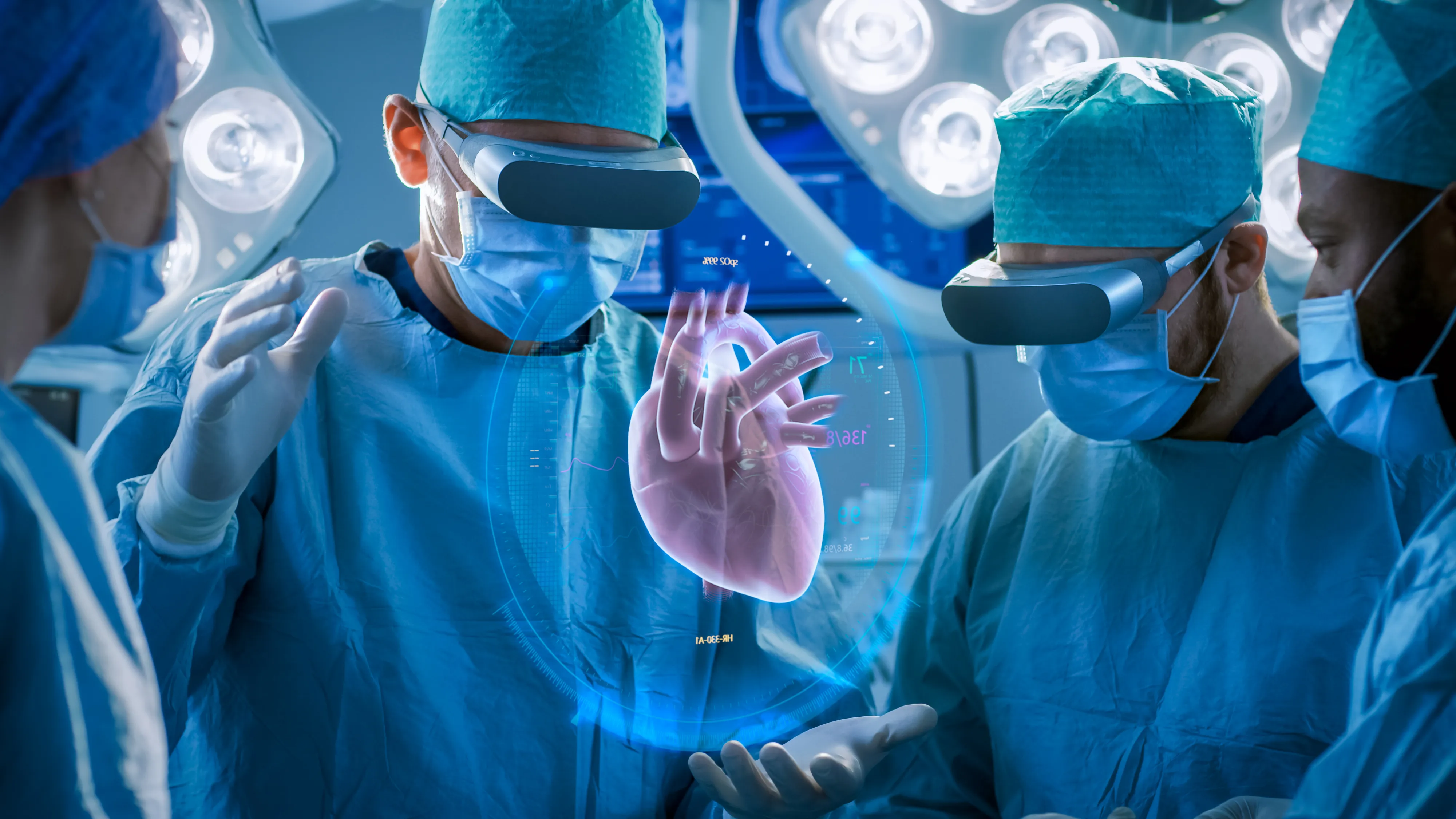High Tech Is Transforming Russian Agriculture
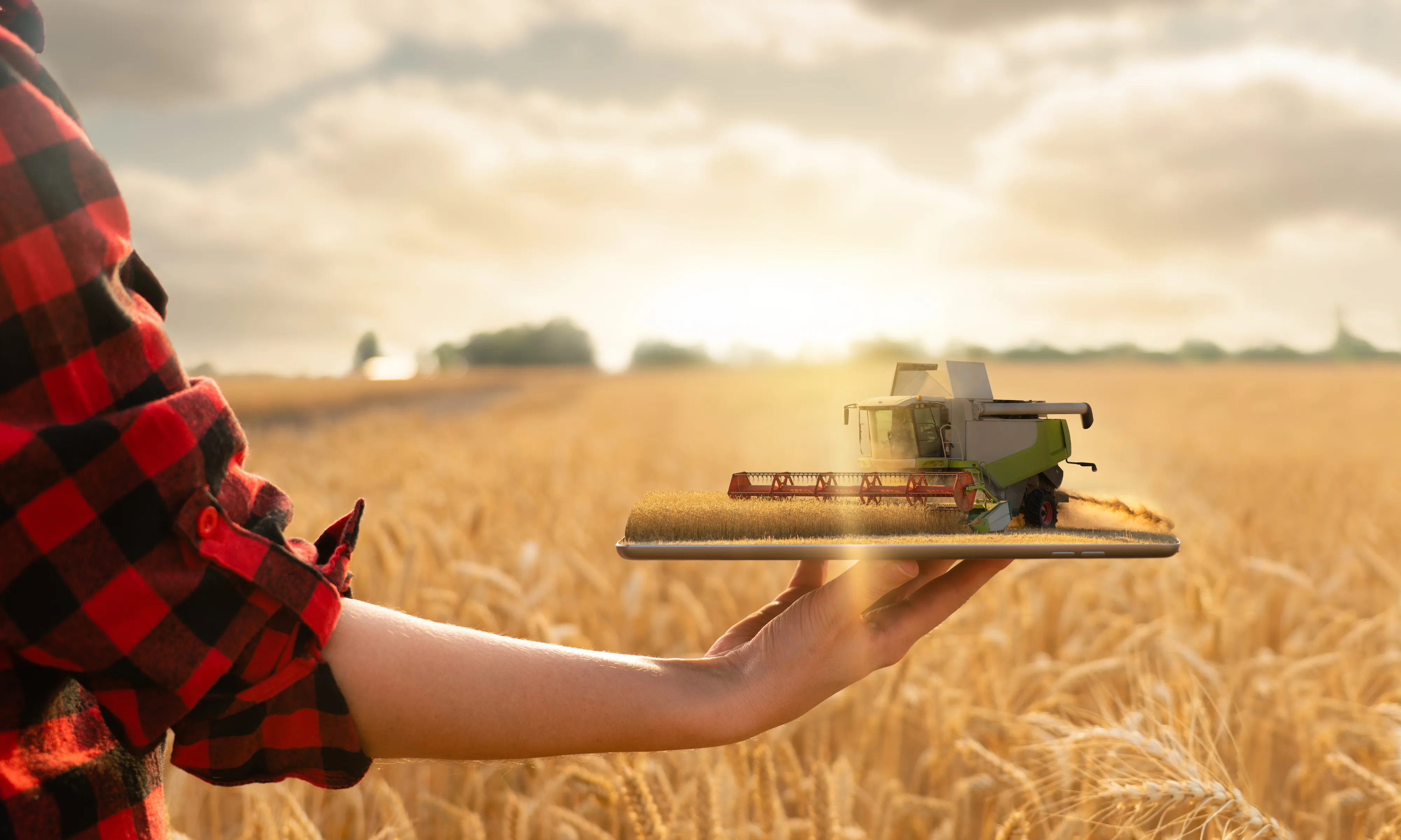
From AI-powered drones to gene-edited soy, Russia’s agricultural future is being written in code and pixels—and it’s already hitting the fields.
Russia is accelerating the digital transformation of its agricultural sector, as demonstrated at Agrofest-2025, a major agritech exhibition held in the village of Ferma near Perm. The event gathered innovators, farmers, and policymakers to explore how AI, drones, and genetic engineering are reshaping food production and boosting efficiency across the country.
One of the biggest trends was the growing use of autonomous drones. Vasily Ptitsyn, founder of FlySeeAgro, said drones are no longer a novelty but an essential tool. They scan crops for diseases, apply fertilizers with precision, and even help herd livestock. In Buryatia, drone-assisted cattle monitoring is already a reality.
Selective breeding is also going high-tech. With tools like 'green conveyor' systems—off-season seed cultivation—and phytotrons (biotech greenhouses), researchers are now able to create new crop varieties in just 3 to 5 years, instead of the traditional 12. Russian scientists are already producing soy strains with protein content up to 52 percent, a 15 percent increase over conventional varieties.
Meanwhile, dairy farms in the Perm region are deploying smart systems to monitor herds. At the Trud agricultural company, for example, a cow named Delta produces 64 liters of milk per day, thanks to precision feed and health analytics.
The region is also building up human capital. It’s expanding agricultural education through specialized training programs that blend AI, biotech, and farm mechanization. Universities and vocational schools are aligning their curriculums with the high-tech needs of tomorrow’s farms.
Agrofest-2025 made one thing clear: the future of Russian agriculture lies in data, genetics, and automation—and that future is already growing in the soil.




